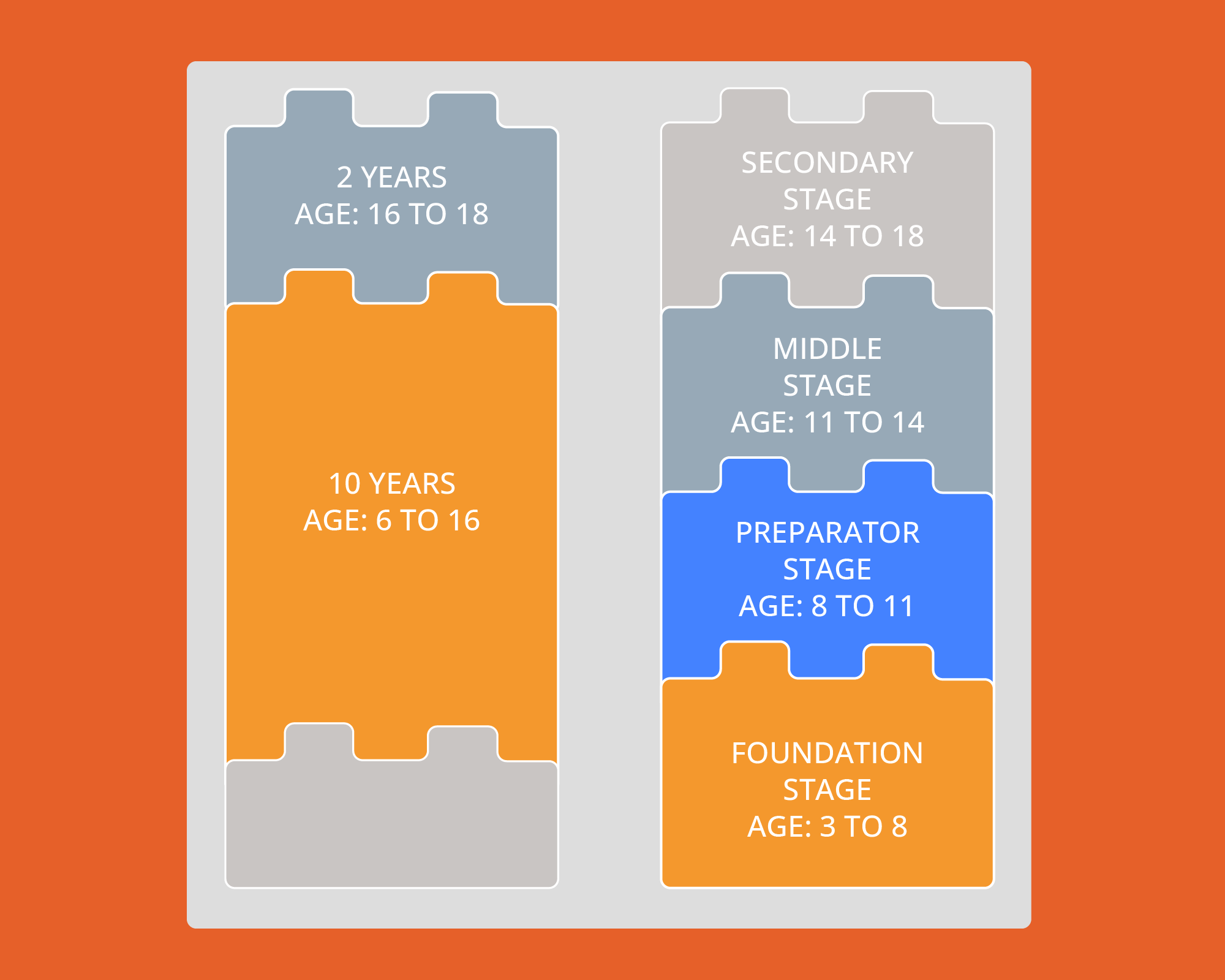The Role of Norm-Referenced Assessment in Competitive Exams

Is your assessment truly measuring student potential or just checking boxes? Norm-referenced assessments go beyond scores. They rank students against a broader group, offering insights that shape teaching strategies and curriculum decisions. But are they always the best choice?
Let’s explore the meaning, examples, purpose, advantages, and disadvantages of a norm-referenced assessment in the classroom.
What is Norm-Referenced Assessment in Education?
Norm-referenced tests are standardised assessments that measure a student’s performance by comparing it to a national sample of students. Instead of setting predefined standards based on expert judgment, these tests rely on scores from a diverse group of students across the country. The results are then converted into percentiles, typically ranging from 1st to 99th, giving a clear picture of where a student stands relative to their peers.
To make interpretation easier, these percentiles are further divided into performance levels or benchmarks, helping educators and parents understand a student’s relative strengths and weaknesses.
The Purpose of Norm-Reference Assessment
Ever wondered how schools figure out if a student is ahead, right on track, or falling behind? That is where norm-referenced assessments come in. These tests do not just measure what a student knows, but they compare their performance to a larger group of students. Think of it as a ranking system that helps teachers, parents, and administrators see where a student stands academically.
How it works:
When students take these tests, their scores are not judged in isolation. Instead, they are measured against the scores of other students in the same age group or grade level. So, if a student scores in the 80th percentile, that means they did better than 80% of their peers. This kind of comparison is useful for a few key reasons:
-
Understanding Student Performance
These tests help schools see who is excelling and who might need extra help. If a student ranks in the 95th percentile, they are clearly performing at an advanced level. On the other hand, if they rank in the 30th percentile, it might signal that they need some extra support.
-
Making Placement Decisions
Schools often use norm-referenced assessments to decide who qualifies for gifted programs, advanced coursework, or remedial instruction. If a student consistently scores in the top tier, they might be placed in an accelerated program. Likewise, students who score lower may be recommended for additional learning support.
-
Evaluating Curriculum Effectiveness
These tests do not just assess students, but they also help schools measure whether their teaching methods and curriculum are effective. If a majority of students in a school are scoring below the national average, it may signal the need for instructional changes or better learning resources.
-
Providing Targeted Support
One of the biggest benefits of norm-referenced assessments is that they help teachers pinpoint where students need extra help. If a student struggles in math compared to their peers, teachers can intervene with tailored instruction, tutoring, or additional practice to help them catch up.
The Characteristics of Norm-Referenced Assessments
Norm-referenced tests have some unique characteristics that make them useful for both educators and students in understanding performance and evaluation. Here’s what sets them apart:
- Built for Comparison: These tests do not just measure how well a student does, but they show how their performance stacks up against a larger group or “norm.” Instead of a simple pass or fail, it is about where they stand compared to others.
- Standardised for Fairness: Everyone takes the test under the same conditions, with identical instructions, scoring methods, and structure. This ensures results are consistent and comparable.
- Ranked, Not Just Scored: In a norm-referenced test, rather than just getting a raw score, students receive rankings, such as percentile, that indicate how their performance compares to the average test-taker in the norm group.
Advantages of Norm-Referenced Assessment
When it comes to the advantages of norm-referenced assessments, there are plenty of those. Below are some of them:
- Helps identify top and low performers within a group, making it useful for competitive settings like college admissions and scholarships.
- Provides a clear ranking by comparing a student’s performance to a larger population.
- Highlights exceptional talents and outliers that might otherwise be overlooked.
Disadvantages of Norm-Referenced Assessment
While there are plenty of advantages, norm-referenced assessments also come with disadvantages, such as:
- Not ideal for measuring individual growth or specific skill development.
- A student’s progress may go unnoticed if their peers improve at a similar or faster rate.
- Can be demotivating, as scores reflect relative performance rather than personal improvement.
- Does not always provide a complete picture of a student’s abilities and progress.
Norm-Referenced Assessment Examples
Norm-referenced assessments rank students against their peers, making them common in competitive exams where only a limited number of candidates can secure a spot. Here are some well-known examples:
-
Competitive Entrance Exams
- National Talent Search Examination (NTSE): This exam is designed to spot bright young minds and award scholarships to top-performing students. Since only a small percentage of test-takers qualify, it is a classic example of norm-referenced testing.
- Joint Entrance Examination (JEE): Students aiming for an IIT or NIT know how intense this exam is. Their rank is not just about how many marks they score, but it depends on how well they perform compared to other students.
- National Eligibility cum Entrance Test (NEET): Medical aspirants in India compete for limited seats, and NEET ranks them based on their performance relative to others. Higher scores mean a better chance of getting into a top medical college.
-
-
Standardised Tests for Scholarship:
Many scholarship programs use standardised tests to find top candidates. Instead of a fixed cutoff, these tests compare scores across students at a national or regional level, ensuring that only the highest scorers receive financial aid.
-
Olympiad Exams:
-
Olympiad exams like the National Science Olympiad (NSO) or International Mathematics Olympiad (IMO) are competitions where everything is about ranking the best of the best. Students are evaluated against their peers, and only the top performers move to the next level.
-
Private School Entrance Tests:
Prestigious private schools in India often have tough entrance exams where students are selected based on their relative performance. These tests assess general aptitude, language skills, and subject knowledge, ensuring only the highest scorers get in.
Empower Your School and Educational Institutions with Extramarks
With technology-driven advancements, platforms like Extramarks are transforming the assessment landscape.
Extramarks’ AI-powered solutions provide insightful analytics, personalised feedback, and adaptive learning techniques to help students excel. By integrating smart assessment tools, Extramarks ensures that students not only understand where they stand but also receive tailored guidance to improve. Embracing such innovative platforms can make learning more effective, data-driven, and student-centric.
Get in touch with an expert today!
Last Updated on April 4, 2025









